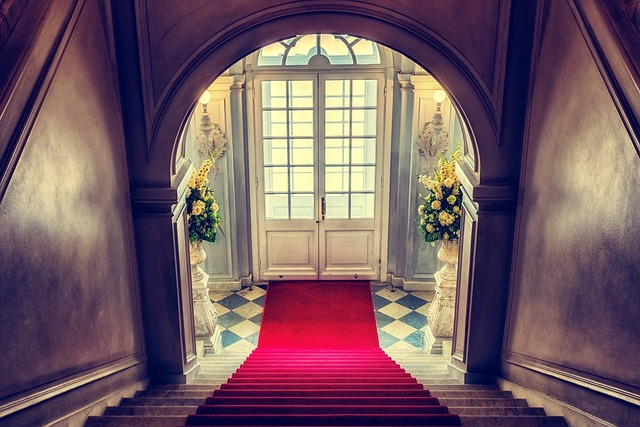How Technology is Transforming the Luxury Space
Published 08 / 07 / 2025How Technology is Transforming the Luxury Space
Immersive technologies are no longer futuristic concepts; they’re already powering innovation and transforming the luxury space. This evolution touches every part of the luxury ecosystem across fashion, property, retail and hospitality. We’re seeing a creative and commercial shift as digital tools are becoming the backbone of innovation. From building unbuilt worlds to unlocking more emotionally resonant storytelling, this shift is having an instant impact.
The Unbuilt:
Luxury has always been about detail, and with the rise of immersive platforms like digital twins, real-time rendering and spatial simulations, luxury developers can now design spaces that feel as good in theory as they will in reality. Brands are able to use these immersive platforms to visualise the unbuilt, giving future residents and clients the chance to step inside a space that doesn’t exist yet. Allowing the luxury brands to start the emotional journey with the consumer in advance.
For brands like Louis Vuitton, who’s digital ‘Treasure Trunks’ embody this philosophy where these technologies don’t just help visualise design, they elevate it.
Luxury’s renewed focus on personalisation and participation is key here. These immersive experiences are evolving from tools into touchpoints, orchestrating an experience that appeals to the most discerning clients with the kind of emotional resonance that defines true luxury.
The Untold:
As much as luxury is about space, it’s also about story. Immersive technologies are becoming the new creative infrastructure for how these stories are told, not just through campaigns but through entire worlds.
Early-stage simulation is a powerful tool in this shift. For Ellie Saab’s fashion shows, spatial storytelling is being used not just to showcase a collection but to design the environment, immersing the audience in a new world. It’s experiential retail taken to the next level.
Moncler’s City of Genius is also a striking example of how physical retail is evolving into editorialised, ever-changing environments. Focusing on stepping into the narrative allows brands to create retail spaces that leave a lasting impression, moving beyond transaction to transformation.
Immersive platforms are enabling brands to build rich ecosystems that house their identity and expand it across multiple touch points. The result is cultural storytelling at scale, where luxury brands can position themselves as cultural entities and drive loyalty and long-term engagement across different touchpoints. As a result, Isabella Gallucci, chief brand officer at Xydrobe, shares, “We’ve seen a 70% increase in sales from our activations, using immersive tech not just to captivate but also educate and inform.”
We’re already seeing immersive tech infiltrate luxury in unexpected and highly personalised ways. AI driven personalisation at Harrods has taken customer engagement to a new level, tailoring events and masterclasses to individual tastes. Digital fashion collections are emerging as commercial strategies, offering exclusivity without physical production.
The boundaries of retail are dissolving as VR showrooms are not just a futuristic concept, they’re a viable alternative to brick and mortar, especially as hyper-personalised online shopping becomes the norm. customers can now explore flagship experiences from their living rooms with no queues or crowds, just luxury on demand. This convergence of technology and creativity is about innovation and intuition. The smartest brands are using these tools not to replace emotion, but to enhance it.
The luxury space is undergoing a quiet revolution. As brands begin to operate more like studios, immersive technologies are giving them the creative and operational agility to keep pace with culture. Whether through emotional simulation, spatial storytelling, or hyper-personalised retail, technology is becoming the silent architect behind luxury’s next chapter.
For more insights and luxury intelligence, subscribe to our newsletter or follow us on Instagram @gshawcomms and on LinkedIn.



